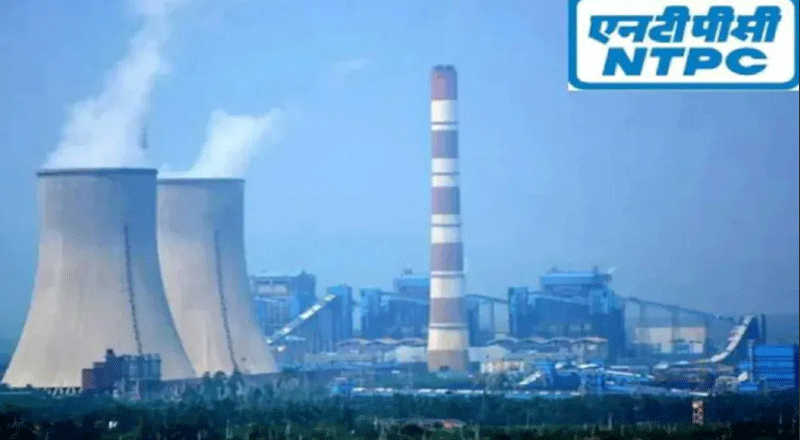NTPC’s Legacy and Future Ambitions
Established in 1975, NTPC (National Thermal Power Corporation) has played a pivotal role in India's energy sector. Initially focused on coal-based thermal power generation, NTPC has expanded its portfolio to include renewable energy, hydro, and nuclear power. Currently, it stands as India's largest power producer, with an installed capacity of over 73 GW, generating electricity to meet the demands of the world’s most populous nation.
As India moves towards a net-zero emissions target by 2070, NTPC is evolving beyond its coal-dependent past. The company has aggressively diversified into clean energy, including solar, wind, and now, nuclear power. In FY 2023, NTPC reported a revenue of approximately ₹1.7 trillion ($20.4 billion), reinforcing its position as a key player in India's power sector.
With India's commitment to achieving 500 GW of non-fossil fuel electricity generation capacity by 2030, NTPC is set to play a crucial role in expanding nuclear energy—a sector poised for massive growth following recent policy changes.
NTPC’s $62 Billion Nuclear Power Push
According to sources, NTPC is planning an ambitious $62 billion investment to build 30 GW of nuclear power capacity over the next two decades—three times its initial target of 10 GW. This bold move aligns with India’s long-term goal of achieving 100 GW of nuclear power capacity by 2047, marking a significant shift in the country’s energy landscape.
"NTPC plans to lead India's nuclear power expansion, just as it did in the thermal sector," a source revealed. The company has already begun identifying land for new nuclear plants, despite the historical challenges of local resistance and land acquisition hurdles.
Existing and Upcoming Nuclear Projects
NTPC is currently developing two 2.6 GW nuclear power plants in collaboration with the state-run Nuclear Power Corporation of India Ltd (NPCIL):
- Madhya Pradesh
- Rajasthan
- Gujarat (PM Modi’s home state)
- Uttar Pradesh
- Madhya Pradesh
- Andhra Pradesh
- Tamil Nadu
- France’s EDF
- General Electric (USA)
- Holtec International (USA)
- Russian nuclear firms
- The Atomic Energy Act of 1962, which restricts private investment in nuclear power plants.
- The Civil Liability for Nuclear Damage Act of 2010, which imposes stringent liabilities on foreign fuel and equipment suppliers, discouraging partnerships with companies like GE and Westinghouse.
- Public resistance to land acquisition, especially in densely populated areas.
- Regulatory and environmental approvals that could delay project execution.
- Dependence on foreign technology, which necessitates long-term agreements with international partners.
- High capital costs, as nuclear power plants require significant upfront investment and long payback periods.



















